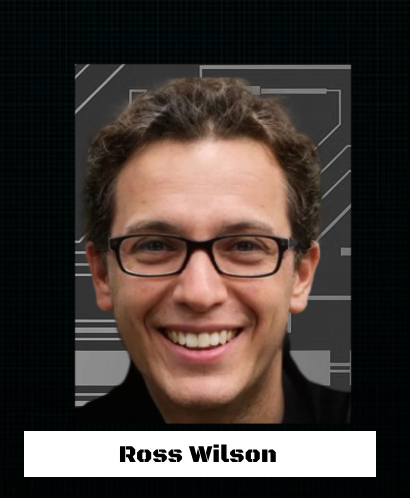In the ever-evolving landscape of blockchain technology, Cardano stands as a testament to the power of methodical research and rigorous development. It distinguishes itself as a third-generation blockchain, built upon the foundations laid by Bitcoin and Ethereum, but with a keen focus on addressing their inherent limitations. Cardano’s approach is characterized by a commitment to peer-reviewed research, formal verification, and a phased, deliberate rollout, setting it apart from the rapid iteration cycles often seen in the crypto space.
Cardano’s genesis can be traced back to 2015, the brainchild of Charles Hoskinson, a co-founder of Ethereum. Driven by a vision to create a more sustainable and scalable blockchain ecosystem, Hoskinson established Input Output Global (IOG) to develop Cardano in collaboration with the Cardano Foundation and Emurgo. This academic rigor is evident in Cardano’s development, which unfolds across five distinct eras, each named after historical figures, reflecting its structured and evolutionary journey.
Cardano is a Financial Operating System 🌐
"The world runs on systems – our goal is to build one that works for everyone."
From @IOHK_Charles on @lexfridman podcast in 2021 pic.twitter.com/nMXUgM8QVV
— Cardanians (CRDN) (@Cardanians_io) January 8, 2025
The journey began with the Byron era in 2017, introducing the ADA cryptocurrency and the groundbreaking Ouroboros proof-of-stake consensus protocol. This phase also laid the groundwork for Cardano’s wallet ecosystem with the launch of Daedalus and Yoroi. Subsequent eras, including Shelley, Goguen, Basho, and the ongoing Voltaire phase, have progressively introduced staking, smart contract functionality, scalability enhancements, and on-chain governance mechanisms.
At the heart of Cardano’s ecosystem lies ADA, its native cryptocurrency. With a fixed supply of 45 billion, ADA is designed to be deflationary, serving as the lifeblood of the network. It fuels transactions, secures the network through staking, and empowers holders to participate in governance decisions. Furthermore, ADA enables the execution of smart contracts and the development of decentralized applications (dApps), expanding its utility beyond simple value transfer.
Charles, please explain the essential value proposition of Cardano in one sentence.
— Alex Hammer (@AIHammer) August 2, 2020
Cardano’s architecture is built on a two-layer foundation: the Cardano Settlement Layer (CSL) and the Cardano Computation Layer (CCL). The CSL handles transaction processing and account management, while the CCL supports smart contracts and dApps. This separation of concerns allows for greater flexibility and efficiency, enabling Cardano to handle complex computations without compromising the security of its base layer.
A key differentiator for Cardano is its reliance on Haskell, a functional programming language renowned for its mathematical precision and reliability. This choice reflects Cardano’s commitment to formal verification, ensuring the robustness and security of its codebase. Unlike imperative languages that rely on step-by-step instructions, Haskell’s declarative approach allows for the expression of functions as mathematical equations, minimizing the potential for errors.
Cardano’s proof-of-stake consensus mechanism, Ouroboros, stands in stark contrast to Bitcoin’s energy-intensive proof-of-work algorithm. Ouroboros not only enhances scalability and efficiency but also significantly reduces the network’s environmental footprint. While Ethereum has transitioned to proof-of-stake, Cardano was designed with this consensus mechanism from the outset, ensuring lower fees and energy consumption from its inception.
Moreover, Cardano’s governance model, Project Catalyst, empowers ADA holders to directly influence the network’s future. Through on-chain voting, the community can propose and approve protocol upgrades, funding allocations, and development initiatives, fostering a decentralized and self-sustaining ecosystem.
Cardano’s ecosystem is rapidly expanding, with a growing array of smart contracts, dApps, and NFT marketplaces. Developers leverage Plutus, Cardano’s smart contract platform, to build sophisticated applications, while users can stake ADA to earn rewards and participate in the network’s security.
As Cardano progresses through its Voltaire era, it aims to achieve complete decentralization and self-sustainability. The introduction of on-chain governance and a treasury system will further empower ADA holders, allowing them to shape the network’s evolution. Cardano’s commitment to research-driven development and its focus on security, scalability, and governance position it as a formidable contender in the race to build the next generation of blockchain infrastructure. The future of Cardano rests on its ability to deliver on its promises, fostering a robust and inclusive ecosystem that empowers users and developers alike.



